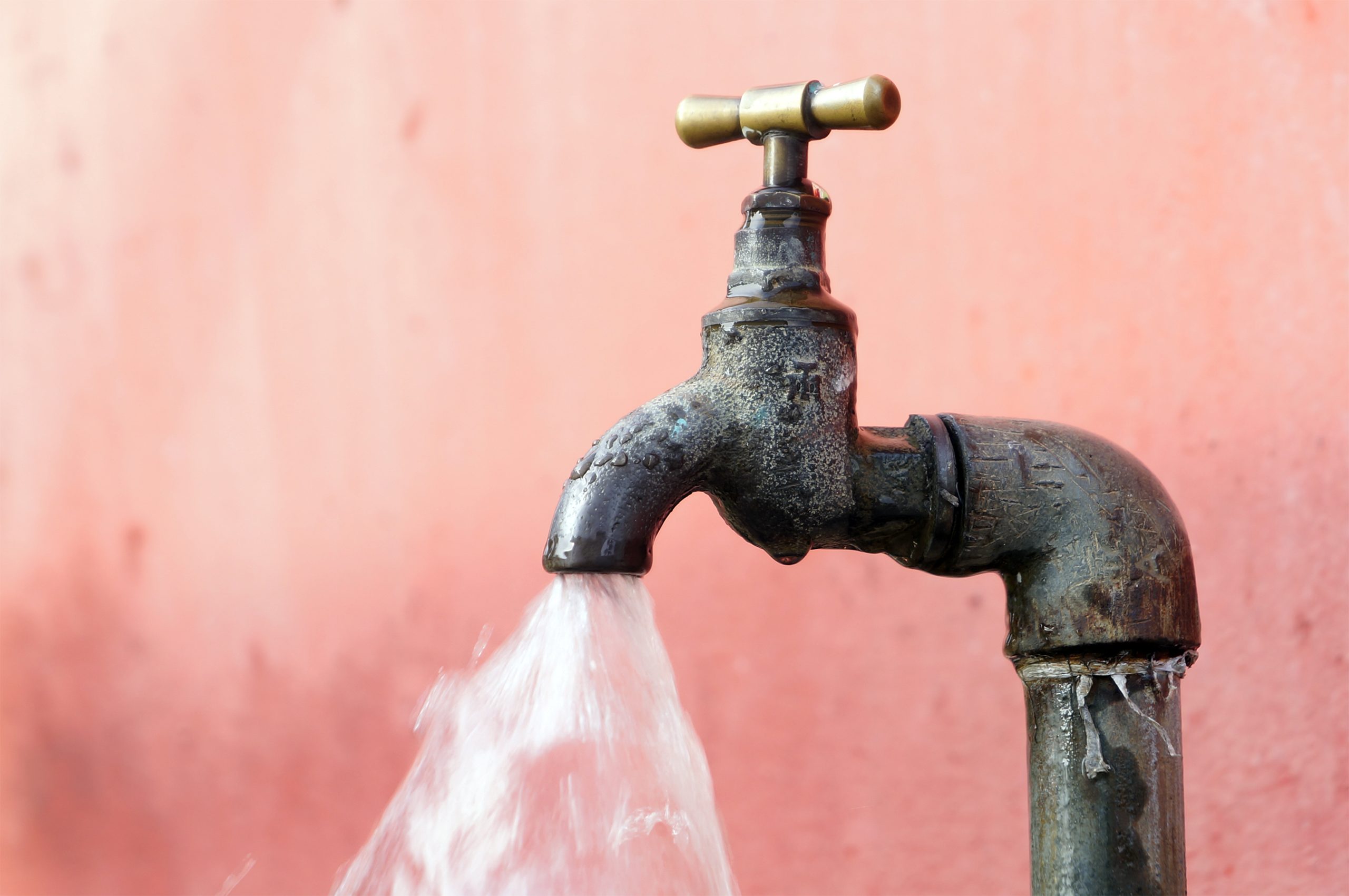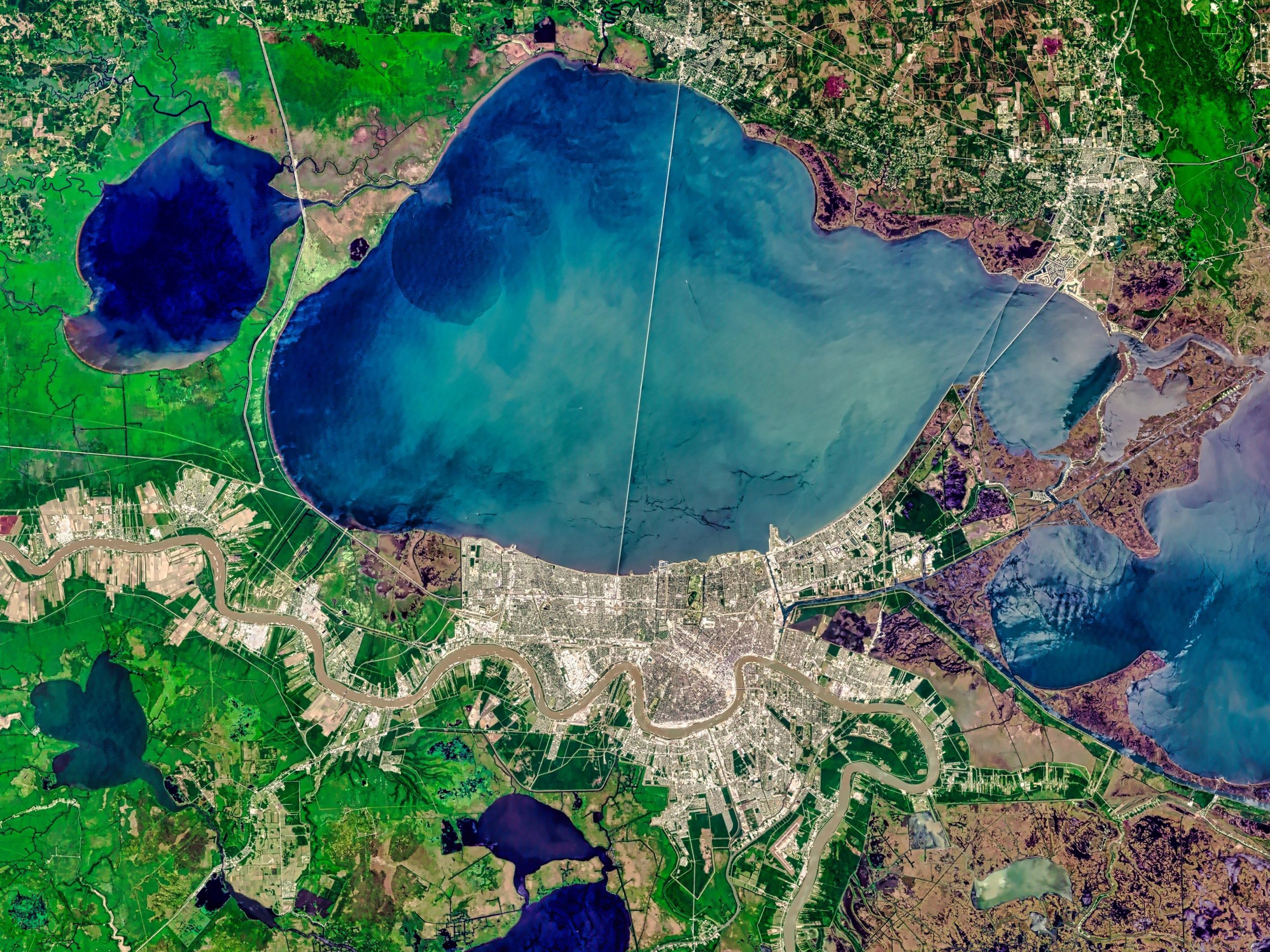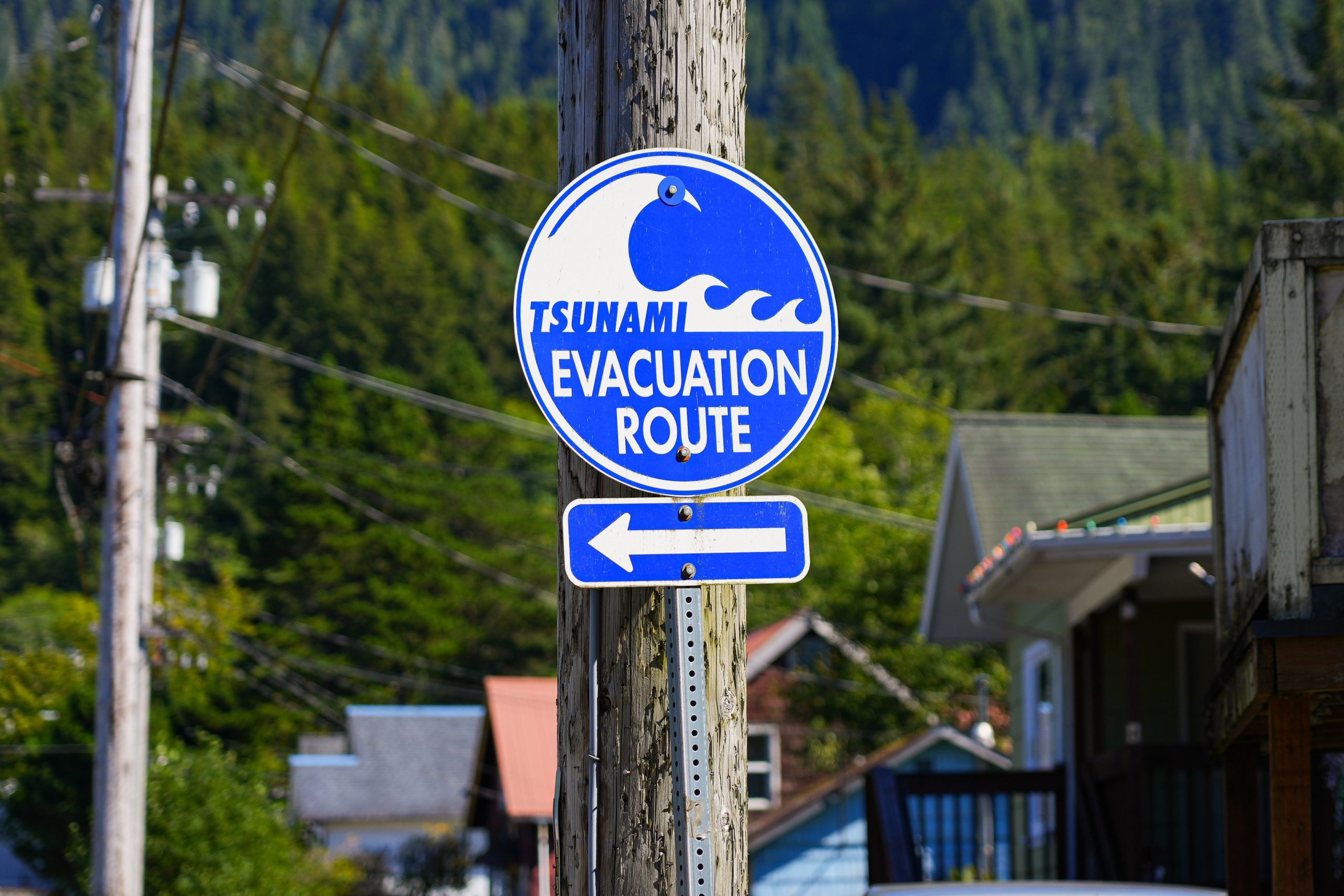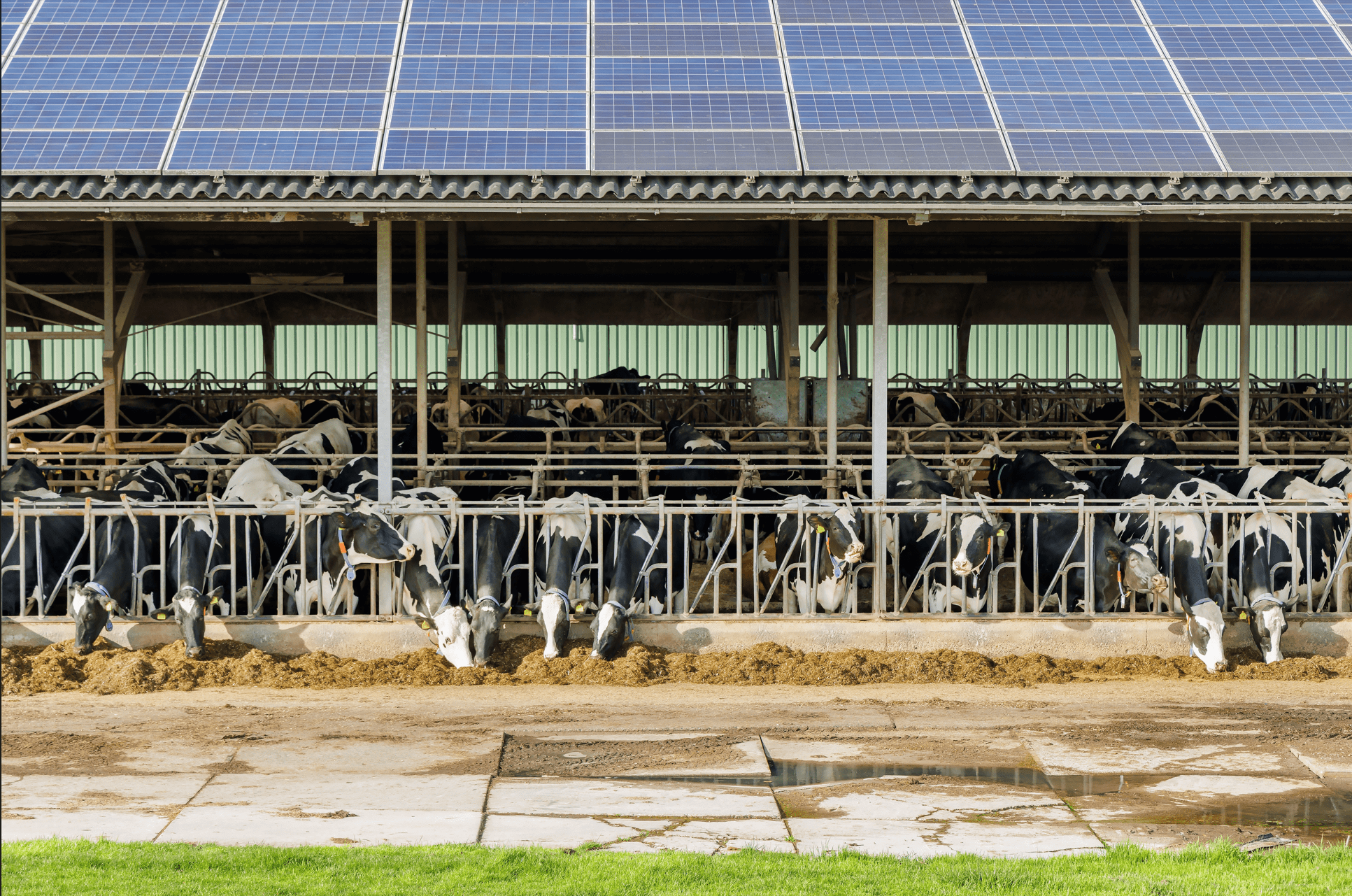
Two cornerstone policies improving clean water and drinking water infrastructure received large influxes of federal funding from the Infrastructure Investment Jobs Act (IIJA) — the Clean Water State Revolving Fund (CWSRF) and the Drinking Water State Revolving Fund (DWSRF). Together, State Revolving Funds (SRFs) have provided over $200 billion in supplemental funding, which states dole out through grants and low-interest to local water projects.
Money comes into the funds through federal grant allocations and matching state grants. Money leaves the funds in the form of low interest loans, paid out to recipients that apply with eligible water infrastructure projects, or project planning and construction grants. As recipients pay off their loans, states offer new loans to others. These repayments, as well as additional interest paid, revolve back into the individual State Revolving Funds, extending the impact of their public funds.
In its IIJA SRF implementation memorandum, the Environmental Protection Agency (EPA) outlined how it recommends states provide capitalization grants and forgivable loans, particularly to the end of expanding investment in disadvantaged communities.
Many kinds of projects are eligible for CWSRF and DWSRF dollars. Overarchingly, the CWSRF funds eleven types of projects, including those of water conservation, efficiency and reuse, technical assistance, and ecological projects like those protecting estuaries, watersheds, and treatment of stormwater. The DWSRF is more focused, as its name suggests, on projects ameliorating drinking water treatments, water distribution, and water supply. Broadly, CWSRF is for wastewater, while DWSRF is for drinking water.
According to Atlas’ Water Program Portal, there are about 150 new and continuing programs receiving IRA and/or IIJA funding. 49 percent of this influx is designated to be distributed as grants or 100 percent principal forgiveness loans. In total, about $43 billion has been directed towards CWSRF and DWSRF through IIJA. $15 billion in funding, about 35 percent of the IIJA influx, has been designated for lead service lines replacement, with another $5 billion or about 12 percent focused on projects aiming to limit emerging contaminants, such as per- and polyfluoroalkyl substances (PFAS) across CWSRF and DWSRF.
Additional CWSRF funding can be used for climate resiliency — especially for small or disadvantaged communities, such as Alaska Natives, infrastructure in tribes, and other Indigenous populations — water research, pollution prevention, and rehabilitation programs for specific geographic regions, including the Gulf of Mexico, Puget Sound, the Great Lakes, and Chesapeake Bay.
The federal-state partnership is less of a direct partnership and more of a funding arrangement that allows states to react efficiently to their states’ individual water needs, while still following the EPA’s goals and rules. Beyond offering and reauthorizing funding or introducing amendments to improve the programs, Congress hands autonomy over the implementation to states once their Intended Use Plans (IUPs) are submitted and approved.
These annual IUPs are mandated by the EPA. IUPs detail how a state intends to utilize their federal funding in relation to their water infrastructure goals, often listing the various funded projects and their associated funding amounts in their final versions. IUPs experience a public comment period and subsequent review before being appraised by the EPA. Once the EPA approves the IUP, then the agency awards capitalization grants funding the SRFs to the states.
As a result of these individualized plans, these programs vary between states. For instance, different varieties of financial assistance — loans, purchasing, guaranteeing of local debt — or the specific terms of the loans — interest rates or repayment periods — introduce additional flexibility into financing. In this way, financial resources can be better targeted towards particular community, equity, or environmental goals.
More details about all these programs, IIJA and IRA, and available federal funding for water projects is available on Atlas’ Water Program Portal.


